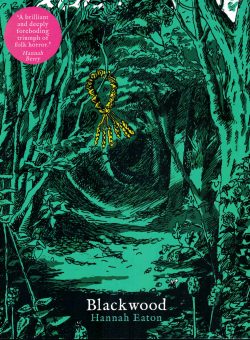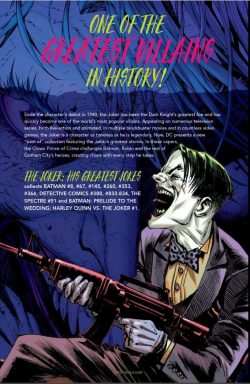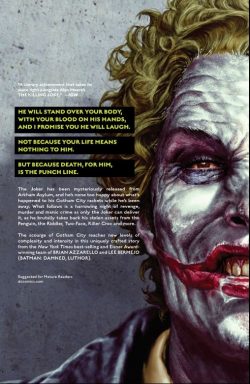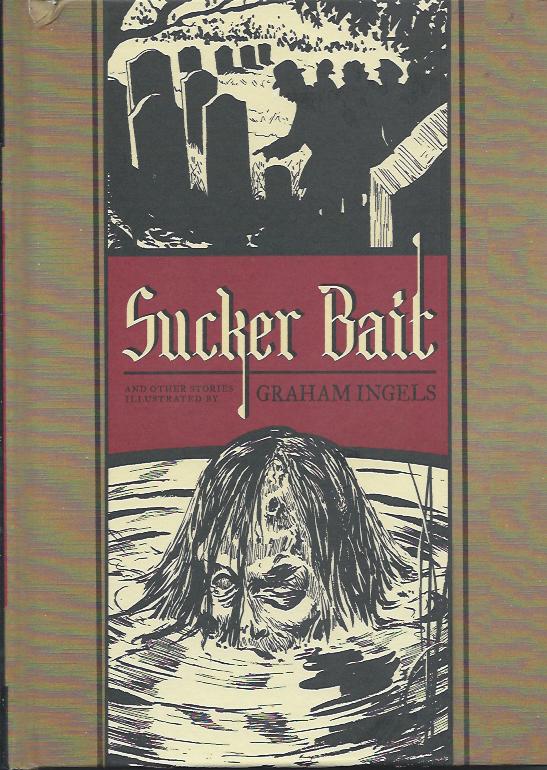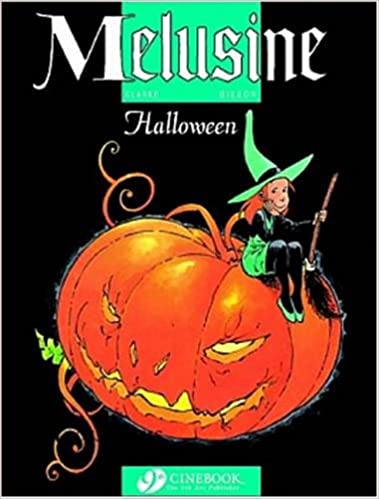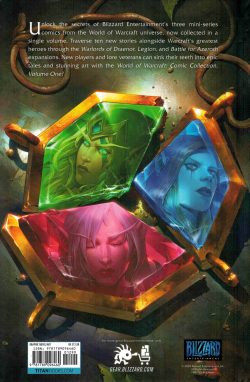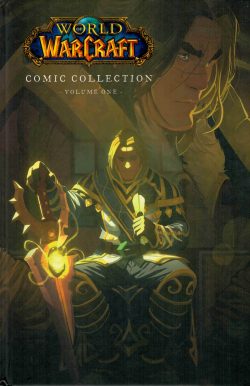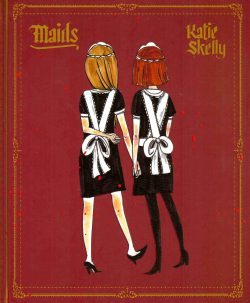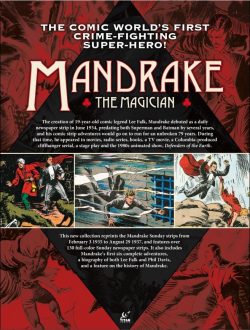
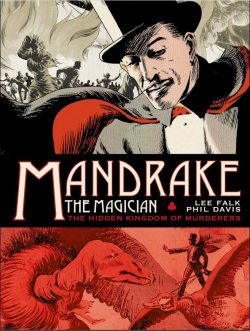
By Lee Falk & Phil Davis (Titan Books)
ISBN: 978-0-85768-572-8 (HB)
Win’s Christmas Gift Recommendation: Because We Believe in Magic… 10/10
Regarded by many as the first superhero, Mandrake the Magician debuted as a daily newspaper strip on 11th June 1934. An instant hit, it was soon supplemented by a full-colour Sunday companion page which launched on February 3rd 1935.
Creator Lee Falk had actually sold the strip to King Features Syndicate years earlier as a 19-year old college student, but asked the monolithic company to let him finish his studies before dedicating himself to it full time. With his schooling done, the 23-year old master raconteur settled in to begin his life’s work: entertaining millions with his astounding tales.
Falk – who also created the first costumed superhero in moodily magnificent mystery man The Phantom – spawned an actual comicbook subgenre with his first creation. Most publishers of the Golden Age boasted at least one (and usually many more) nattily attired wonder wizards amongst their gaudily-garbed pantheons; all roaming the world making miracles and defeating injustice with varying degrees of stage legerdemain or actual sorcery.
Characters such Mr. Mystic, Ibis the Invincible, Sargon the Sorcerer, and an assortment of “…the Magicians†such as Zanzibar, Zatara, Kardak and so many, many more, all borrowed heavily and shamelessly from the uncanny exploits of the elegant, enigmatic white knight who graced the pages of the world’s newspapers and magazines.
In the Antipodes, Mandrake was a stalwart regular of the Australian Women’s Weekly, and also became a cherished star in the UK, Italy and Scandinavia. Over the years he has been a star of radio, movie chapter-serials, a theatrical play, television and animation as part of the cartoon series Defenders of the Earth. With that has come the usual merchandising bonanza of games, toys (including magic trick kits), books, comics and more…
Falk worked on Mandrake and “The Ghost who Walks†until his death in 1999 (even on his deathbed he was laying out one last story) but he also found time to become a playwright, theatre producer and impresario, as well as an inveterate world-traveller.
A man of many talents, Falk drew the first few weeks himself before uniting with sublimely imaginative cartoonist Phil Davis, whose sleekly understated renditions took the daily strip – and especially these expansive full-page Sunday offerings – to unparalleled heights of sophistication: his steady assured realism the perfect tool to render the Magician’s mounting catalogue of wondrous miracles…
Those in the know are well aware that Mandrake was educated at the fabled College of Magic in Tibet, thereafter becoming a suave globe-trotting troubleshooter, always accompanied by his faithful African partner Lothar and beautiful, feisty companion (and eventually, in 1997, bride) Princess Narda of Cockaigne, solving crimes and fighting evil. Those days, however, are still to come as the comics section opens in this splendidly oversized (315 x 236 mm) full-colour luxury hardback – and digital equivalents – with ‘The Hidden Kingdom of Murderers’ (which ran from February 3rd to June 2nd 1935) as the urbane Prince of Prestidigitation and his herculean companion are approached by members of the international police to help expose a secret society of criminals and killers acting against the civilised world from their own hidden country.
After officer Duval is assassinated, Mandrake and Lothar – accompanied by panther woman Rheeta and surviving cop Pierce – embark upon a multi-continental search which, after many adventures, eventually brings them to a desolate desert region where they are confronted by bloody-handed Bull Ganton, King of Killers.
With the master murderer distracted by Rheeta, Mandrake easily infiltrates the odious organisation and quickly begins dismantling the secret society of two million murderers. By the time Ganton wises up and begins a succession of schemes to end Mandrake, it’s too late…
That deadly drama concluded, Mandrake and Lothar head to India to revisit old haunts and end up playing both peacemaker and cupid in the ‘Land of the Fakirs’ (running from June 9th to October 6th).
When Princess Jana, daughter of Mandrake’s old acquaintance Jehol Khan is abducted by rival ruler Rajah Indus of Lapore, the Magician ends his mischievous baiting of the street fakirs to intervene. In the meantime, Captain Jorga – who loves Jana despite being of a lower caste – sets off from the Khan’s palace to save her or die in the trying…
After many terrific and protracted struggles, Mandrake, Lothar and Jorga finally unite to defeat the devious and duplicitous Rajah before the westerners set about their most difficult and important feat; overturning centuries of tradition so that Jorga and Jana might marry…
Heading north, the peripatetic performers stumble into amazing fantasy after entering the ‘Land of the Little People’ (13thOctober 1935 to March 1st 1936), encountering a lost race of tiny people embroiled in a centuries-long war with brutal cannibalistic adversaries. After saving the proud warriors from obliteration, Mandrake again plays matchmaker, allowing valiant Prince Dano to wed brave and formidable commoner Derina who fought so bravely beside them…
With this sequence illustrator Davis seemed to shake off all prior influences and truly blossomed into an artist with a unique and mesmerising style all his own. That is perfectly showcased in the loosely knit sequence (spanning 8th March to 23rd August 1936) which follows, as Mandrake and Lothar return to civilisation only to narrowly escape death in an horrific train wreck.
Crawling from the wreckage, our heroes help ‘The Circus People’ recapture and calm the animals freed by the crash, subsequently sticking around as the close-knit family of nomadic outcasts rebuild. Mighty Lothar has many clashes with jealous bully Zaro the Strongman, culminating in thwarting attempted murder, whilst Mandrake uses his hypnotic hoodoo to teach sadistic animal trainer Almado lessons in how to behave, but primarily the newcomers act as a catalyst, making three slow-burning romances finally burst into roaring passionate life…
Absolutely the best tale in this tome and an imaginative tour de force which inspired many soon-to-be legendary comicbook stars, ‘The Chamber into the X Dimension’ (30th August 1936 to March 7th 1937) is a breathtaking, mind-bending saga starting when Mandrake and Lothar search for the missing daughter of a scientist whose experiments have sent her literally out of this world.
Professor Theobold has discovered a way to pierce the walls between worlds but his beloved Fran never returned from the first live test. Eager to help – and addicted to adventure – Mandrake and Lothar volunteer to go in search of her and soon find themselves in a bizarre timeless world where the rules of science are warped and races of sentient vegetation, living metal, crystal and even flame war with fleshly humanoids for dominance and survival.
After months of captivity, slavery, exploration and struggle our human heroes finally lead a rebellion of the downtrodden fleshlings and bring the professor the happiest news of his long-missing child…
Concluding this initial conjuror’s compilation is a whimsical tale of judgement and redemption as Mandrake uses his gifts to challenge the mad antics of ‘Prince Paulo the Tyrant’ 14th (March 14th – 29th August 1937).
The unhappy usurper stole the throne of Ruritanian Dementor and promptly turned the idyllic kingdom into a scientifically created madhouse. Sadly, Paulo had no conception of what true chaos and terror were until the magician exercised his mesmeric talents…
This epic celebration also offers a fulsome, picture-packed and informative introduction to the character – thanks to Magnus Magnuson’s compelling essay ‘Mandrake the Magician Wonder of a Generation’ – plus details on the lives of the creators (‘Lee Falk’ and ‘Phil Davis Biography’ features) plus a marvellous Davis pin-up of the cast to complete an immaculate confection of nostalgic strip wonderment for young and old alike.
Mandrake the Magician © 2016 King Features Syndicate. All Rights Reserved. “Mandrake the Magician Wonder of a Generation†© 2016 by Magnus Magnuson.


